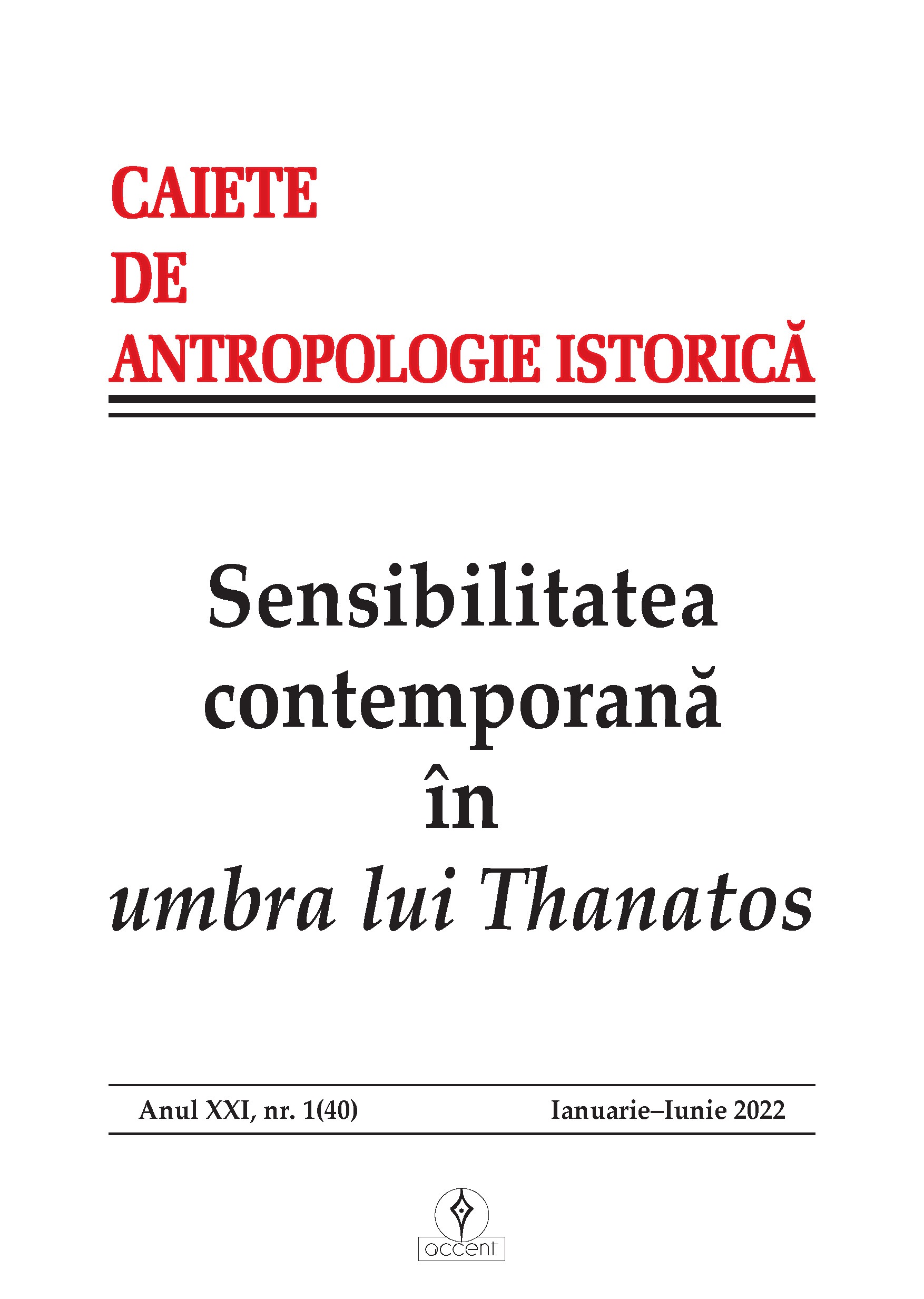Moartea și supraviețuirea animalelor de luptă în Marele Război
Death and survival of fighting animals in the Great War
Author(s): Mihai Teodor NicoarăSubject(s): Cultural history, Military history, Pre-WW I & WW I (1900 -1919)
Published by: Accent Publisher
Keywords: World War I; war animals; horses; dogs; pigeons; cruelty; heroism;
Summary/Abstract: Despite the technical-military modernity, millions of animals were involved in the First World War. An account of the death and survival of war animals in the Great War involves an approach located at the crossroads of history, sociology, anthropology, psychology, biology and even ethnology, which can help us discover the emotions, pain or fears felt by different species of animals enlisted in the war. In parallel with the mass recruitment of millions of people, a number of animals, dogs, horses, donkeys, pigeons, etc. were massively recruited and used effectively in combat. Because the war involved people from countries around the world, the animals involved in the war effort were also varied. Most of the animals were requisitioned by the authorities and actually recruited, meaning they received military service documents, being considered useful from a tactical point of view. To these were added farm animals: sheep, cattle, pigs, chicken, requisitioned to be slaughtered, in order to provide food for the soldiers on the front. A number of animals, especially dogs and cats, served as mascots or pets, providing the fighters with some emotional comfort. In this global and “total” war, involving armies and civilians, with lethal weapons, cruelty, brutality were among the characteristics very often present in combat behavior. Without horses and donkeys, the soldiers would have had great difficulty reaching the fronts on which they were sent. Thanks to these animals, the artillery and materials needed to strengthen the trenches were transported, along with water supplies, food and medicine. The dead and wounded from the front were also transported with the help of beasts of burden. In all, an estimated 20 million animals and birds were “enlisted” on all fronts, of which 14 million perished as a result of the war. The history of the relationship between the combatants and their fighting animals is an important indicator of the material, hygienic, food, medical, cultural and spiritual conditions in which people lived on the fronts during the war. An attempt to recount the death and survival of war animals in the Great War is not a simple research, because researchers often encounter personal opinions, imbued with cultural specificities, fragments of memories recorded on paper under the impression of war experiences.
Journal: Caiete de Antropologie Istorică
- Issue Year: 2022
- Issue No: 40
- Page Range: 83-103
- Page Count: 21
- Language: Romanian

